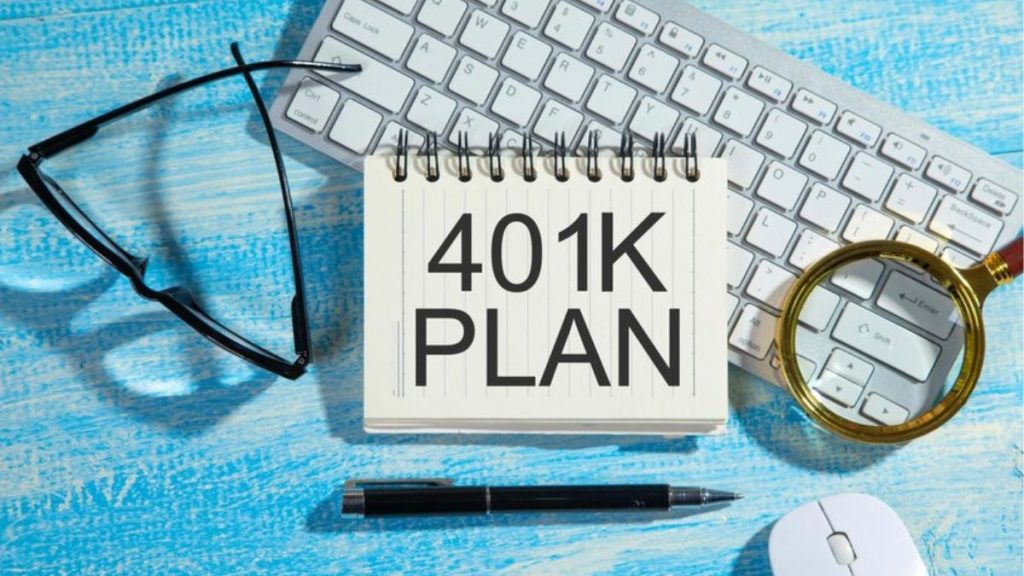A 401(k) is an employer-sponsored retirement plan where employees can make pre-tax elective deferral contributions. Employers can also match those contributions. It’s important to keep an eye on your 401k to make sure your contribution rate and investment choices align with your financial goals and risk tolerance.
Tax-Advantaged Savings
The benefits of tax-advantaged savings are often overlooked but can add to significant sums over time. However, some employees are still do not know what is a 401(k) retirement plan. When you route a portion of your paycheck into a pre-tax retirement account, such as a 401(k) or IRA, you lower your taxable income now and defer paying taxes until you withdraw the funds in retirement.
In addition, many employer-sponsored plans offer a selection of mutual funds, making creating a diversified investment portfolio easy. For example, a 401(k) plan may offer target-date funds that invest in a mix of stocks and bonds based on your anticipated retirement date. These funds typically ratchet down the risk of investing in stocks as you near your planned retirement date.
Other tax-advantaged savings include health spending accounts (HSAs) and 529 plans that let you save money for qualified medical expenses or education. The earnings in these accounts grow tax-free and aren’t subject to federal income taxes as long as you use the money for qualified purposes. You can find more information about these types of accounts by visiting the IRS’s website or consulting with a financial professional.
Matching Contributions
Employer matching is one of the most attractive features of 401(k) plans, and it can boost employee morale and participation. Matching contributions are amounts that an employer agrees to contribute to a participant’s retirement account for each dollar the employee contributes to the plan, up to a predetermined limit. After a certain amount of time, an employee becomes “vested” in the matching contributions and can borrow against them.
Most experts advise workers to maximize their 401(k) contributions to take advantage of employer matching. However, participants should only increase their contributions when they are safe to do so and without putting their current financial situation at risk. Businesses can choose whether to offer employees vested or non-vested matching contributions. If they do, the company can establish a vesting schedule that determines how much of the employer’s contribution an employee becomes eligible to borrow after working for the business for a certain number of years.
Investment Options
Most 401(k) plans offer a range of investment options, including mutual funds. These include stocks, bond funds, and money market mutual funds. Many also offer target date funds, automatically adjusting their stock-to-bond mix based on an employee’s expected retirement date. When you invest in a stock, you own a piece of a company, which entitles you to a share of the company’s profits and potential dividends. However, the value of stocks can go up and down, and they carry more risk than most other types of investments. A bond is an agreement to lend a company or government money in exchange for a rate of return. Bond funds are considered less risky than stocks because the government or private companies back them. The downside is that bond funds typically provide a different level of growth than stocks. 401(k) plans usually offer several types of bonds, including short- and long-term bond funds. Diversifying your portfolio is essential to stay focused on market ups and downs.
Loans
Some employers allow participants to borrow against their 401(k) balance. The amount borrowed must be repaid, with interest, within five years. After that time, the loan is treated as a distribution and must be paid taxes (plus a 10% penalty) unless it’s rolled over into an individual retirement account. The Employee Retirement Income Security Act 1974 sets minimum standards for 401(k) plans. Among other things, it requires most plans to pass stringent nondiscrimination tests. It also mandates that companies that offer 401(k) plans make employer contributions to all eligible employees, regardless of their compensation level.
Some smaller employers offer SIMPLE IRA plans, which are less complicated than traditional 401(k) plans. These plans are often much cheaper for companies to run, and they don’t have to go through the annual nondiscrimination testing required for traditional 401(k) plans. IRAs are more flexible than 401(k)s but typically have lower fees and offer a wider range of investment vehicles. The best option depends on your circumstances and needs.
Taxes
A 401(k) is an employer-sponsored retirement plan. Employees contribute a portion of their wages, which may be matched by the employer, to the plan on a tax-deferred basis. The plan gets its name from Section 401(k) of the Internal Revenue Code. The 401(k) plan is essential to many employees’ financial security. However, it is not an iron-clad safety net, and withdrawing from the 401(k) account can have significant tax consequences.
Withdrawals from the 401(k) account are taxable as ordinary income, except for amounts deferred into the plan before withdrawal and investment earnings on those deferred amounts. Elective deferrals are not included in an employee’s taxable wages, but the employer must report them on Form W-2, Wage, and Tax StatementPDF.
Employers that offer 401(k) plans must file an annual Form 5500 with the federal government. This form outlines basic information about the plan, including the number of participants and other details. Some companies may also have additional forms or schedules that provide more detailed information about the plan.







